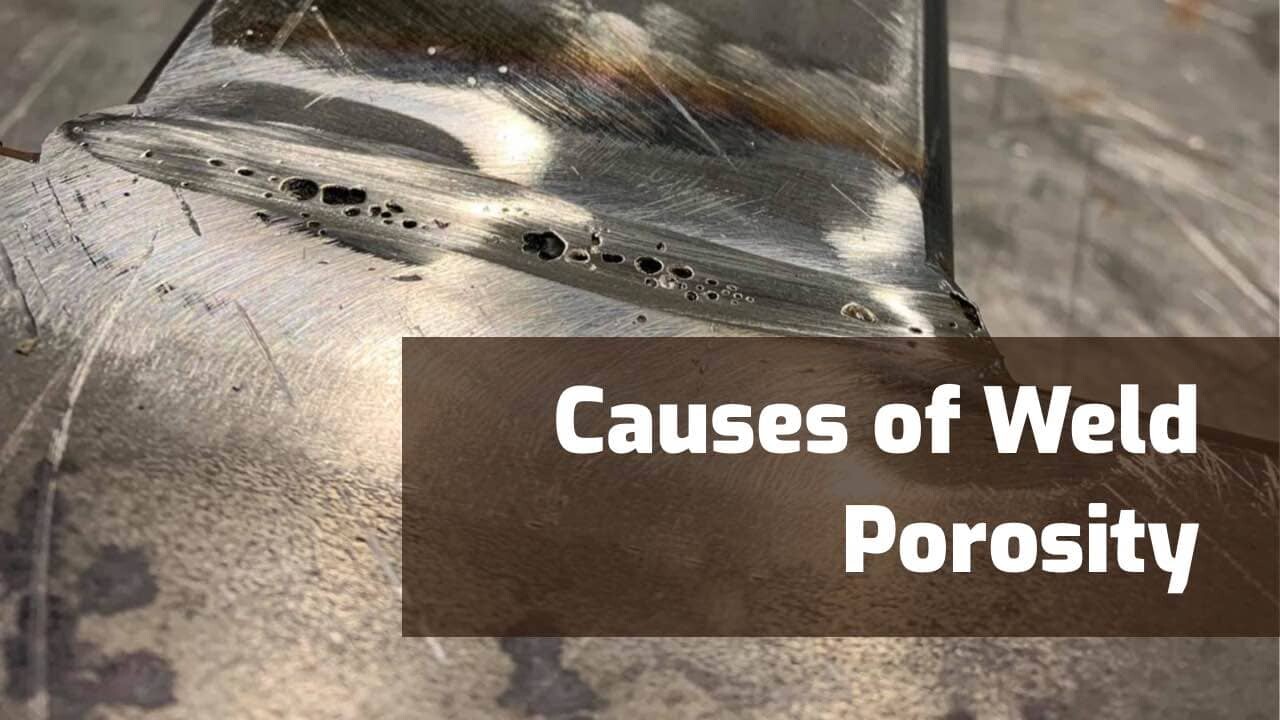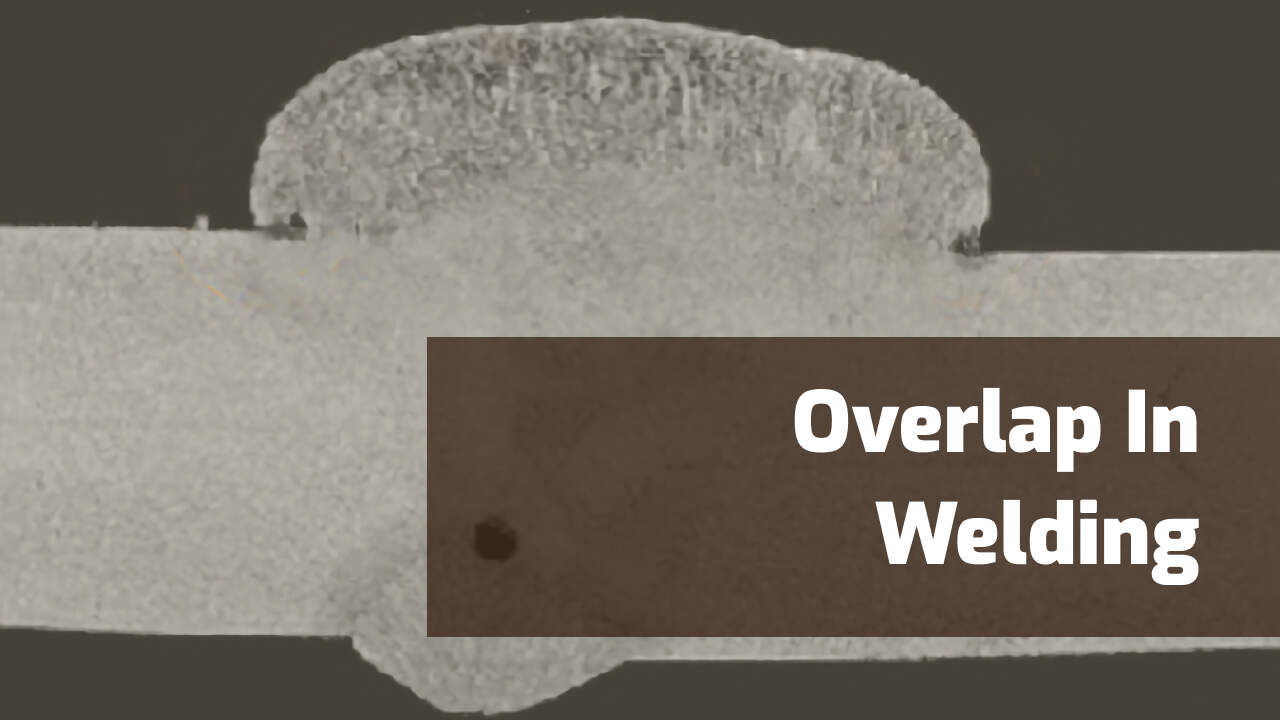Vital Tips for Welders: Stopping Undercut Welding and Ensuring Stronger Weld Joints
In the realm of welding, attaining strong and durable weld joints is the keystone of generating top quality work. Nonetheless, one usual difficulty that welders often experience is undercut welding, which can jeopardize the integrity of the weld joint. By understanding the elements that contribute to damaging and applying the right strategies and precautions, welders can effectively prevent this concern and ensure the long life and stamina of their welds. Allow's explore some crucial pointers that can help welders navigate this difficulty and boost the high quality of their welding jobs.

Comprehending Undercut Welding
Undercut welding is a typical welding issue that happens when the weld metal stops working to correctly fill the groove and results in a groove-like anxiety along the weld bead. This problem damages the weld joint, making it susceptible to cracking and failing under tension. Damaging can be triggered by numerous variables, including extreme welding present, high welding rate, incorrect electrode angle, inaccurate electrode size, and inadequate welding technique.
Among the main reasons for undercut welding is an inequality between the welding existing and the welding speed. If the welding current is too high or the welding speed is also fast, the weld steel might not effectively fill up the groove, causing undercutting. Additionally, using an electrode that is also large can cause a similar result, as the excess steel can not properly move right into the groove.
To stop undercut welding, welders need to ensure they are making use of the correct welding criteria, preserve an ideal electrode angle, pick the proper electrode size, and practice appropriate welding methods. By dealing with these variables, welders can decrease the risk of undercutting and develop more powerful, a lot more reliable weld joints.
Appropriate Welding Technique
Reliable welding method plays an important function in making sure the high quality and honesty of weld joints. Correct welding method includes a mix of precision, adherence, and ability to best methods. One essential facet of proper welding method is keeping the right angle and distance in between the welding weapon and the workpiece. Welders should additionally pay attention to the travel rate and warm input to avoid issues like damaging, porosity, or incomplete blend.
Additionally, a constant and constant hand movement is essential for creating solid and sturdy weld joints. Welders need to go for smooth, uniform movements to guarantee also distribution of the weld product. Correct manipulation of the welding gun and filler product is likewise vital to attaining optimum penetration and blend.
Furthermore, regulating the warm input and picking the proper welding specifications based upon the material being welded are crucial factors in accomplishing high-quality welds - Preventing weld undercut. Welders should comply with the advised settings supplied by welding procedure specs and adjust them as needed based on the particular demands of the project. By grasping correct welding methods, welders can significantly enhance the stamina and reliability of their weld joints
Choosing the Right Electrode
When taking into consideration the significance of picking the ideal electrode in welding applications,Maintaining the right angle and distance between the welding gun and the workpiece is essential. The option of electrode plays a critical duty in identifying the high quality and strength of the weld joint. Electrodes come in different types, each designed for particular purposes and products.
Firstly, picking the suitable electrode diameter is vital. Thinner electrodes are ideal for welding slim materials, while thicker electrodes are better for thicker materials and greater heat applications. Matching the electrode size to the thickness of the work surface aids attain a balanced weld.
Second of all, recognizing the product composition of the electrode is essential. Various electrodes are created for welding specific products like steel, stainless steel, light weight aluminum, or cast iron. Making use of the proper electrode material guarantees good blend and decreases the danger of issues in the weld.
Last but not least, taking into consideration the welding placement and method is important when selecting the electrode type. Specific electrodes are better matched for above or upright welding settings, while others work well for flat or horizontal placements. Selecting the best electrode based upon the welding method boosts the overall weld high quality and stability.
Preparing the Base Steel
To make certain an effective welding process, what initial actions should be taken when preparing the base steel for welding? Properly preparing the base metal is important for accomplishing durable and solid weld joints. The primary step in preparing the base steel is to clean it extensively to remove any kind of pollutants such as corrosion, dust, oil, or paint. This can be done using a cable chemical, grinder, or brush solvents. Additionally, any existing weld material or deposit from previous welding should be eliminated to ensure a clean surface area for the brand-new weld.

Performing Post-Weld Assessments

After conducting these evaluations, welders should contrast the results versus industry requirements and job requirements to make sure that the weld joint fulfills all needed criteria. Any kind of discrepancies or insufficiencies found throughout the post-weld evaluation needs to be promptly addressed via ideal rehabilitative actions to guarantee the weld's integrity. By faithfully performing post-weld assessments and promptly addressing any kind of problems, welders can maintain the quality and dependability of their job, inevitably adding to the security and durability of the bonded structures.
Conclusion

In final thought, stopping undercut welding and guaranteeing stronger weld joints call for a combination of appropriate welding method, picking the appropriate electrode, preparing the base metal appropriately, and carrying out post-weld examinations. By recognizing the sources of undercut welding and implementing the necessary preventative measures, welders can create high-quality weld joints that satisfy industry criteria and make certain the architectural integrity of the bonded parts.
Undercut welding is a typical welding issue that takes place when the weld steel falls short to correctly load the groove and results in a groove-like clinical websites depression along the weld grain (Preventing weld undercut). Undercutting can be created by different elements, including too much welding current, high welding speed, improper electrode angle, wrong electrode size, and bad welding method
One of the main factors for undercut welding is a discrepancy between the welding present and the welding rate. If the welding current is too high or the welding rate is too quickly, the weld steel may not effectively load the groove, leading to damaging.Preserving the proper angle and range in between the welding weapon and the work surface is essential when taking into consideration the relevance of picking the best electrode in welding applications.